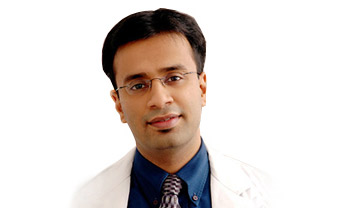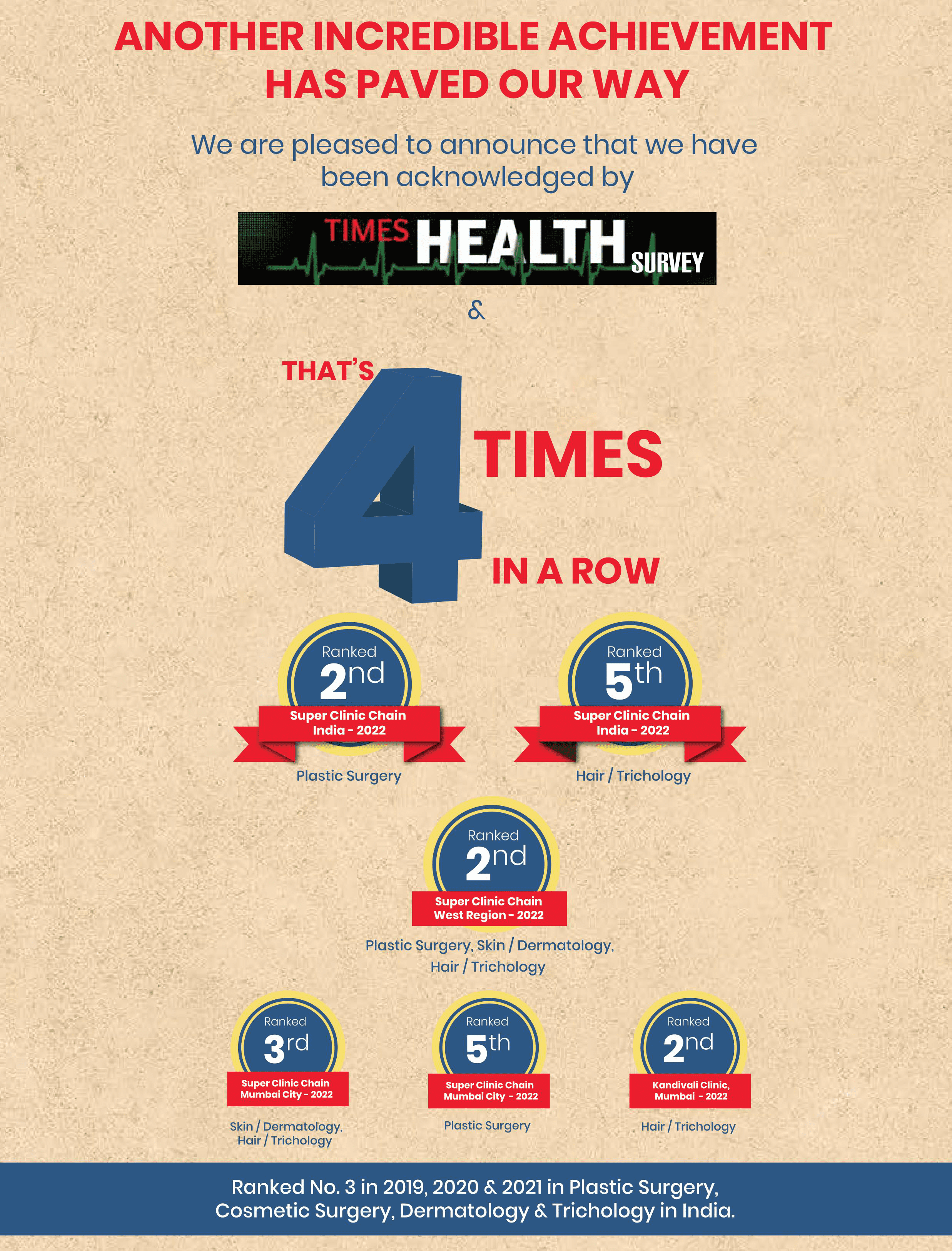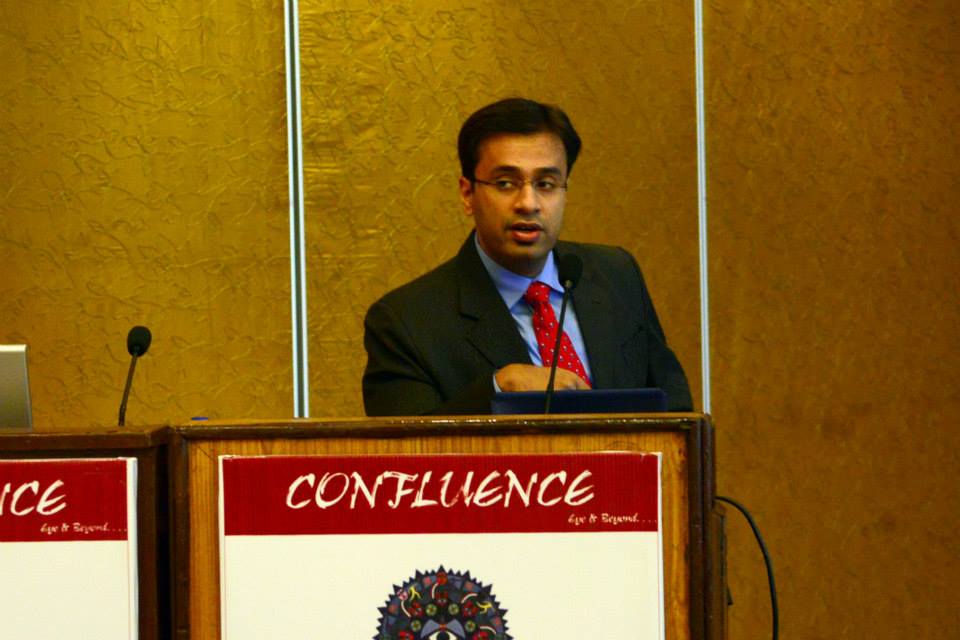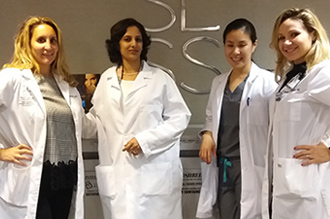The intraoral fibroma removal procedure is normally done to get rid of a fibroma. The intraoral fibroma is a fibrous tissue mass found within the oral cavity. They usually have a round or oval shape with a diameter of about 1.5 – 3 centimeters. This tissue mass is known by other numerous names that include traumatic fibroma, irritation fibroma, inflammatory fibrous hyperplasia and peripheral fibroma. Fibromas are mostly found on the tongue, lips, and cheeks - though they are rarely seen in the lower jaw and upper jaw. To a large extent, fibromas are more prevalent on the cheeks than any other parts; this may not be unconnected to the orientation/proximity of teeth to the cheeks.
Fibromas are usually hard and their colour is largely similar to that of the mouth's skin on the inside – they can be pinkish or reddish. However, gray- or brown-colored fibromas may be observed among the black race. Fibromas are mostly found in adults between the ages of 40 and 60 years – ossifying fibromas are however common among children. Again, there is a gender angle to the appearance of fibromas as females are also more prone to develop them than males.
The occurrence of fibroma in the mouth can be triggered by irritation - which could cause an enlargement in its (fibroma's) size when persistent. To sound out some sort of precautionary note, it is good to avoid chewing on your cheeks or any reachable part of the intraoral skin. This is because constant indulgence in such acts could lead to the growth of fibroma. That said, traumatic pain and/or the use or introduction of dentures in(to) the mouth can also cause fibroma to evolve. Furthermore, irritations caused by dental bone spicules, foreign bodies, and tartar may also lead to the formation of fibroma.
In your first visit to the clinic for a prospective intraoral fibroma removal protocol, the specialist surgeon will go through your medical history to see to guide the design of your treatment course. Subsequently, he/she will inspect the area of growth to have a first-hand view of the fibroma. While the fibromas appearing around the lips, tongues, and cheeks may be directly sighted through close examination using biopsy, a digital imaging device may be employed to detect this fibrous outgrowth in the lower and upper jaw areas.
Once the surgeon has ascertained that the surgery is needful, he/she will fix a date for you to have the protocol and furnish you with further instructions as may be fitting to have a successful surgery. That said, if there is an underlying factor – for instance, a misfit denture or broken tooth – besides skin chewing that is responsible for the fibroma-generating irritation, the patient will have to go for therapy to correct the defect before the intraoral fibroma removal procedure can be carried out.
Again, the attendant specialist may have to take some intraoral photos which would be used as some sort of reference later. Subsequently, more of these pictures may be taken immediately after the surgery is completed and during follow-up.
In most cases, fibromas do not pose a significant threat to dental health. Nevertheless, you may need to visit a specialist clinic nearby if:
You should keep in mind that fibromas do not usually go away on their own; the size may only remain constant or increase. So, more often than not, it is up to the patients – upon seeking the advice of a dentist or periodontics specialist – to decide to remove it.
Procedure
Local anesthesia is applied to numb the area that will be operated upon. The surgeon then uses a pair of surgical pliers to pick up the fibroma, applying minimal pulling force, and eventually utilizes a diode laser to completely excise the fibroma. As an aside; the laser technology used in this procedure is beneficial in minimizing blood loss, reducing swelling, and also makes the process relatively smooth. As a matter of emphasis, the laser diode tool has greater advantages over other means like electrosurgery, conventional surgery/scalpel excision. Also, surgery-related infections are eliminated with laser surgery. More so, by promoting analgesic activity and collagen synthesis, laser diode offers immeasurable postoperative benefits to the patients.
Moving on; the surgeon may close up the surgical area with two or three stitches thus bringing the operation to an end. In adhering to operational standard, the excised tissue (that is, the removed fibroma) will be examined for the presence of malignant cells through biopsy. With this examination, the surgeon is able to confirm the true nature of the tissues – and can assertively debunk the speculations bordering on carcinogenicity.
The removal of fibromas is one of the most straightforward surgical procedures in periodontics. It can be performed in-office at the clinic and does not take more than 15 minutes to complete - some fibromas may even take as little as 3 minutes to be excised.
The surgeon will prescribe certain medications for you, and it is expected to take these as instructed. Among the notable prescriptions is Vitamin E, which is meant to aid in wound healing as even the immune system is boosted. Analgesics may also be given to help relieve pain. Our surgeons normally schedule a two-week follow-up session to evaluate the healing progress. The surgeon will often refer to the intraoral images taken beforehand to make adequate analysis. The recovery period for an intraoral fibroma removal procedure is between 3 - 4 weeks.
In addition to the considerations above, you should also take note of the following:
The cost of an intraoral fibroma removal procedure varies based on the severity of a patient's case, as well as the area that is affected. Other factors that may determine the cost include the equipment and type of anesthesia employed in carrying out the surgery.
We believe your question, "where can I find a clinic near me to have my intraoral fibroma removed?" will be satisfactorily answered at The Esthetic Clinics. Our team of plastic surgeons, led by the talented Dr. Debraj Shome, are available to address your concern and also see to it that the fibroma, that has been a menace to your dental health, is professionally removed without any complications. With this group, aided by the top-notch technological resources at The Esthetic Clinics, intraoral fibroma removal in Mumbai is taken care of by the safest pair of hands.
As we, at The Esthetic Clinics are concerned about the general well-being of our clients, we go the extra mile in providing helpful ways through which improved health can be actualized. Hence, this section is created in view of assisting you to break away from your cheek-biting habit which may contribute to the occurrence of fibroma. While fibroma may not cause a great deal of dental-related issues, consistent biting of cheeks could have far-reaching negative effects on oral health – we will not go into details here. So, you should be committed to breaking free of this habit; here are some ways you can do it:
The Esthetic Clinics is a care center that is truly devoted to rendering satisfactory customer-focused services. So, you should not hesitate to contact us today if that fibroma outgrowth has become a huge concern to you.


Dr. Debraj Shome is Director and Co founder of The Esthetic Clinics. He has been rated amongst the top surgeons in India by multiple agencies. The Esthetic Clinics patients include many international and national celebrities who prefer to opt for facial cosmetic surgery and facial plastic surgery in Mumbai because The Esthetic Clinics has its headquarters there.






